I watched the Colin Kaepernick Netflix special so you don’t have to. You’re welcome.
Executive Summary: It’s unadulterated propaganda. Kaepernick is utterly unmoored from reality.
It begins with Kaepernick, dressed in his ubiquitous costume. Every item of clothing is black. Head to toe, coat to underwear. He starts the series with a mind-numbing absurdity. Employment in the NFL is slavery. That’s his lead argument. For evidence, he presents a visual of half-naked men (all black) standing on a stage. They are ostensibly NFL prospects. Kaepernick speaks sharply as he glares into the camera:
“Before you are allowed on the field, teams poke, prod, and examine you, searching for any defect that might affect your performance. No boundary is respected. No dignity left intact.”
To “prove” his employment is slavery, half-naked men (all black) march off the stage and into an 1830s slave market. All are in chains while white slavers bid on them. “Boy!” the slavers call them. As a black man is being auctioned, the scene shifts to the modern world — a white NFL coach and a black player. Back to the past at the slave market, a black man is on the stump. “Sold!” cries a slaver. The slaver marches toward the camera and stops to shake the hand of an NFL coach.
NFL prospects are slaves because teams have the gall to pre-screen future employees so they are physically able to do the job they applied for. Because NFL prospects take physicals, because they are timed in a 40-yard dash and are interviewed – that, in Kaepernick’s view, is the same as being shackled to a line of men and sold like a piece of farm equipment. Any job that demands physical fitness standards is slavery.
All 10 men in his NFL to slave market are black. Later in the series, Kaepernick claims that 71% of the NFL are black. According to The Washington Post, that’s false — it’s under 60% but facts are in short supply in “Colin in Black & White.” Sophistry and outright lies are in abundance. The opening scene ends with the 1830s slaver walking out of the past and into the present to shake hands with — the NFL coach. Get it? Slavers and NFL coaches are besties.
Kaepernick is a teenager in the next scene. He’s growing up in bucolic Turlock, California. I looked up Turlock. It seems to be a quiet small town in California’s Central Valley. And based on what his dad did for a living they were “living large.” Kaepernick is 14 and a high school freshman. According to Kaepernick, by the age of 14, he was oppressed. You can tell by the actor playing him. He had a constant “I’m disappointed” look on his face. His hero was Alan Iverson because Iverson had cornrows. Kaepernick makes a big deal about cornrows. The first episode isn’t called “How the NFL Is slavery,” it’s titled “Cornrows.”
Kaepernick didn’t want to be “like Mike” or like Magic Johnson or like Larry Bird. Nope, he wanted to be Iverson, the rebel. Why? Cornrows. Kaepernick’s mom, who apparently raided June Cleaver’s wardrobe for costuming, wants to accommodate his wishes. So what to do? Well, she talks to two black people sitting on a bench. She was likely the only mother of a black son in America who didn’t know what cornrows were, so she asks two black people sitting on a park bench. I mean, who wouldn’t — right? She brings visual aids, too. She starts goofy dancing like Eliane in Seinfeld right in front of the black people. They stare at her like she’s just vomited. Is she mimicking, a June Cleaver version of rapping? She then asks the black guy “Um, you like basketball right?” and shows a magazine cover depicting a black man (Iverson) with cornrows. With a look of incredulity, the black guy and woman recover but not before a disgusted look crosses the black woman’s face.
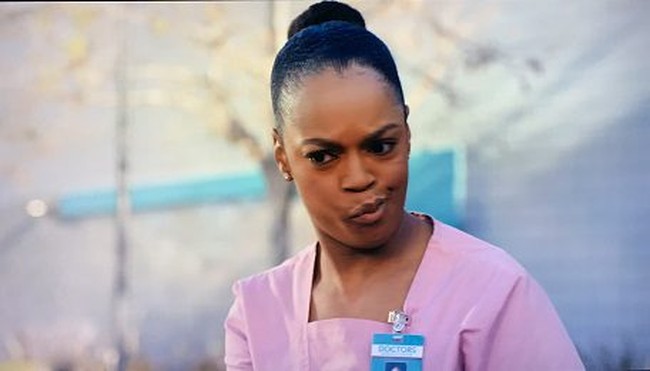
The black woman gives dumb Mrs. Kaepernick the phone number of her stylist. Kaepernick’s parents haven’t spoken in public about their son since 2017. The reason, I think, is because if they were to tell the truth, they would pull the rug out from under their son. Kaepernick clearly has no problem throwing his family under the bus. It’s clear that Kaepernick wants you to believe that his mother was a tool and dumb as a brick. His dad is a mostly clueless white bread man who, in this depiction, bought his wardrobe from Ross Dress for Less. He’s the master of white man cliche.
Back to the story, Kaepernick gets his cornrows at a Black-owned shop called Urban Exchange in Modesto. The Urban Exchange no longer exists, but in this episode, it has an attached barber/stylist shop. It was never licensed for hair styling, but let’s give that likely fib a pass.
The stylist asks white mom:
“You want me to bless shorty like the boy AI?”
Seriously — that’s what Kaepernick claims was the question posed to Mrs. Cleaver.
Mom answers:
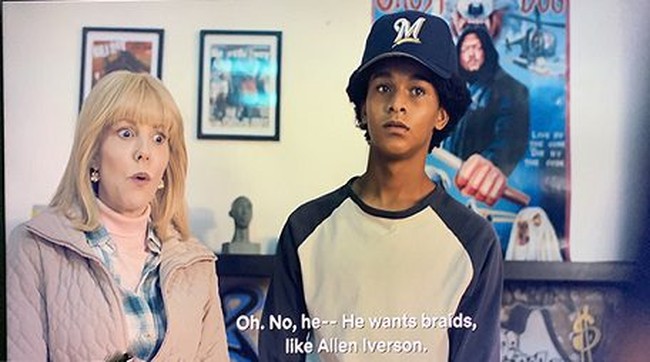
Later, after shorty is blessed like AI, Colin has to have his cornrows redone. Mom drives Colin to the stylist’s home. Apparently, it was a long commute. In one of the shots, they are passing Red Liquor Market on the way to the stylist’s home. Like I said, long drive. Red Liquor is located on the corner of 4th and Southwest in south Los Angeles which is over 300 miles from Turlock. Meh, facts.
Before Mom leaves the stylist’s home, the stylist offers some food to Colin. He takes it. Mom tells her that Colin needs some salt and pepper, “He puts it on everything!” “No,” replies Colin, “I don’t need it, this, is good.” In the span of 10 minutes of the first episode, Kaepernick wants the audience to know, mom is a dolt, dresses like June Cleaver, but unlike June Cleaver, she can’t cook.
His mom leaves Colin in the capable hands of the stylist. He eats his snack and bobs his head to lyrics from Ludacris’ “Area Codes” music video playing on the TV.
Nate Dogg sings: “I’ve got hoes, I’ve hoes, in different area codes, in different area codes, I’ve got hoes”.
Kaepernick closes the first episode with his definition of the term “thug”; reminding the audience what a true “thug” is, and real thugs, are all white. Images of white criminals appear. First is Al Capone, then skinheads. Then an image of Adolf Hitler saluting his fellow Nazis. And finally, Kaepernick adds to his list of thugs and adds: “and some politicians.” The image of Donald Trump pops onto the screen. Trump is photo-illustrated with the word “thug” pointed at him with devil horns drawn on Trump’s head. Kaepernick adds a Trump voice-over repeating over and over the “very fine people” lie — tying something Trump didn’t do to Capitol rioters.
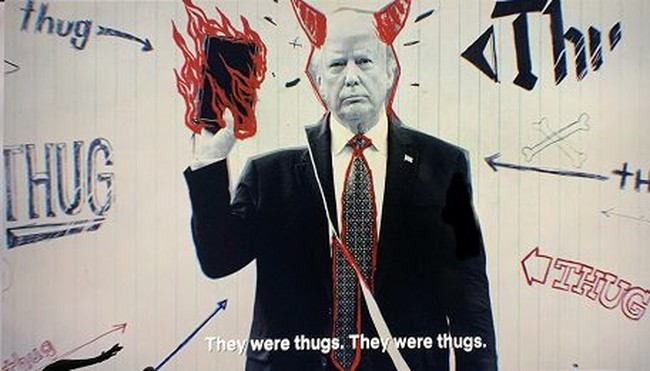
The second episode begins with more absurd sophistry. The remainder of the series is no different. Wash. Rinse. Repeat. Anyone who walks away believing his message is dumber than the character playing Kaepernick’s mom. I hope some intrepid reporter with guts and time will interview his family and then interview the dozens of white coaches Kaepernick threw under every bus he saw. I’d like to see a little perspective and a dash of reality — or at least a few “Yeah, that never happened” responses. However, it won’t matter.
“Colin in Black & White” is a collection of Kaepernick’s massive jumps of illogic, revisionist history, and false comparatives. It’s also a collection of self-worship and historical nonsense. Kaepernick clearly views himself as a hero, a messiah to the believers. A lot of people have bought into the cult of Colin. They will never have their minds changed with facts or logic because cults are like that. Kaepernick has created a myth and that’s the world he and his flock inhabit. Employment is slavery, coaching is oppression, everything made by white people is racist, white is bad, black is good. The Cult of Colin.
“Colin in Black & White” isn’t a documentary it’s mythology.
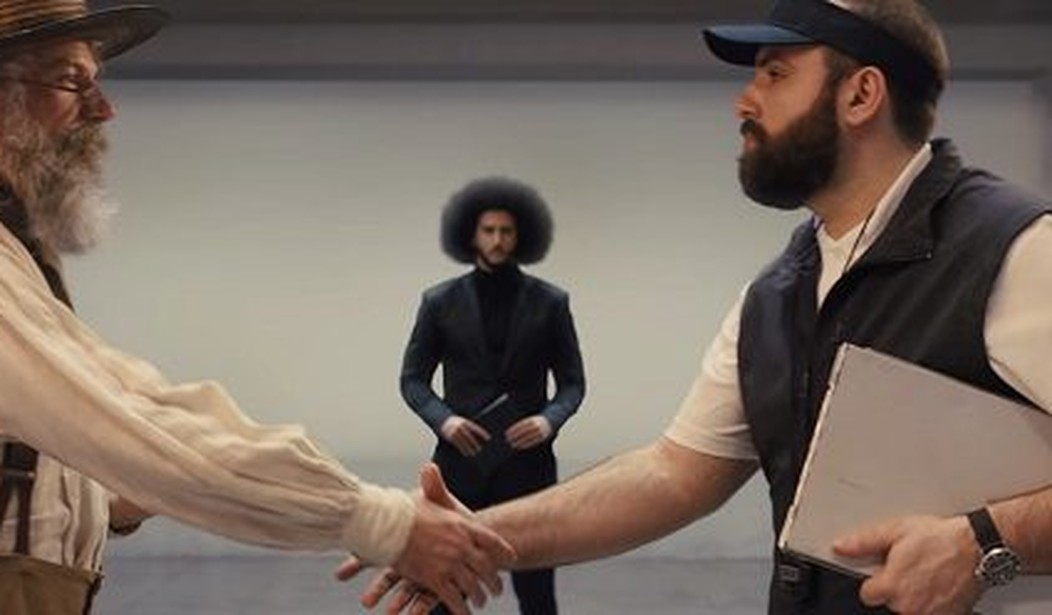



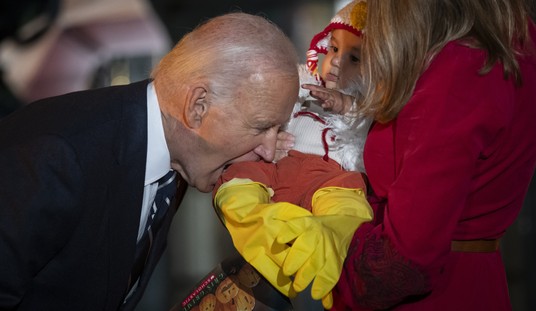
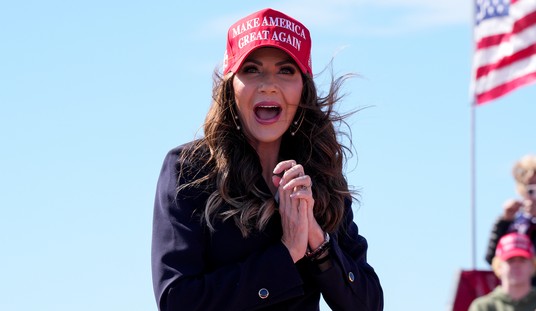

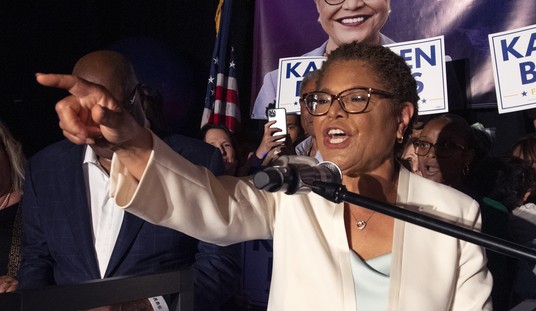


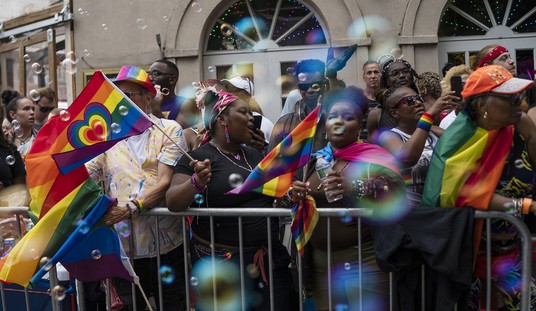
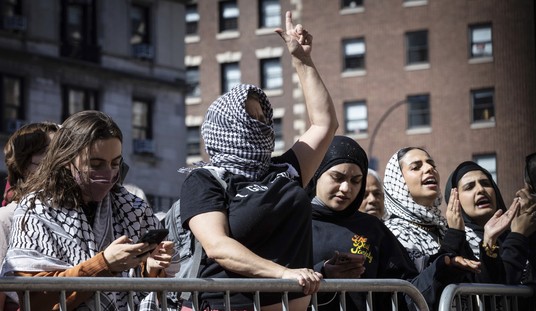

Join the conversation as a VIP Member